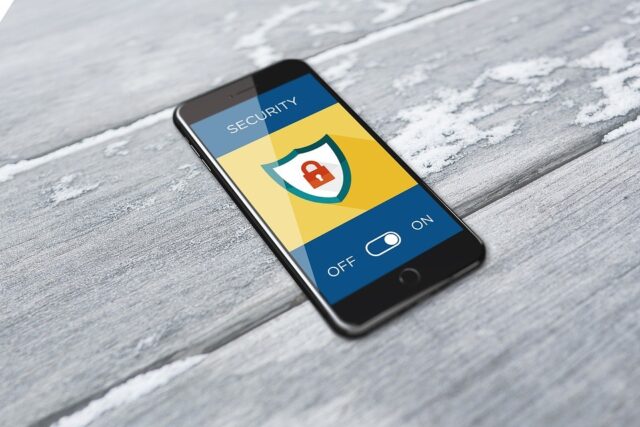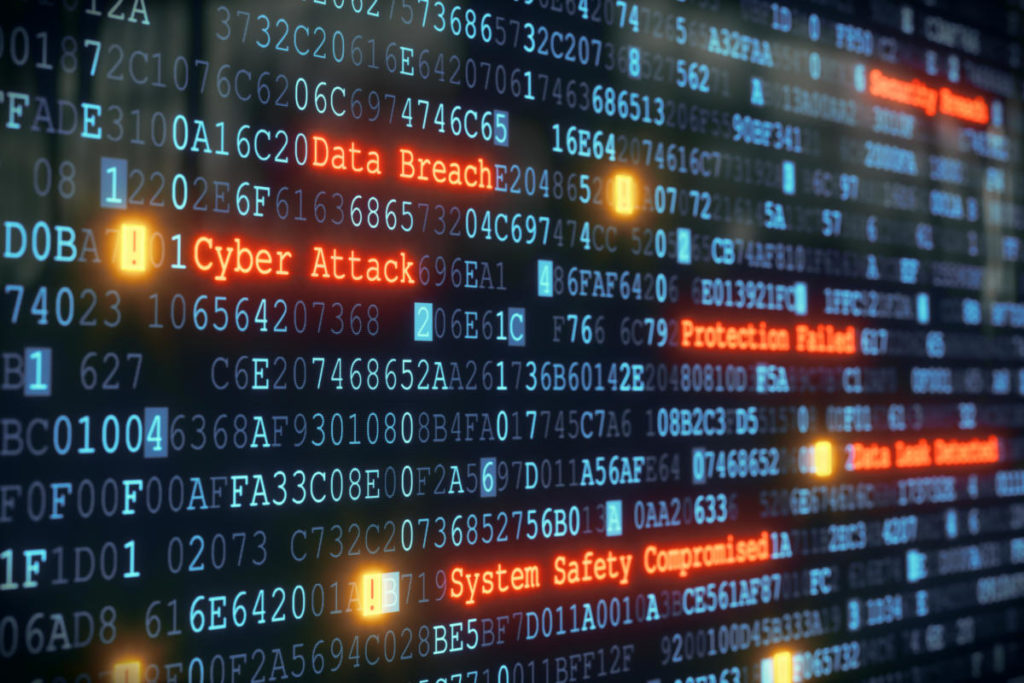
As the intensity of cyber attacks rapidly increases, the cost of fighting these threats is skyrocketing. In fact, over $6 trillion is expected to be spent globally on cybersecurity by 2024, according to Forbes. These evolving cyber threats continue to pose serious risks to individuals, businesses, and governments.
The strong growth of the internet and its users has continued to offer hackers a platform to launch attacks from and multiple targets to hit. Whether you are an internet enthusiast, an ardent online gamer, or you barely go online, you need to protect yourself from the danger of cyberattacks. Here are some threats against individuals you need to watch out for.

Socially Engineered Malware
Socially engineered malware is currently the primary method of attacking individuals. Here, an attacker uses psychological manipulation techniques to lure and bait unsuspecting internet users. After earning the trust of the user, they then use malware to steal your information. The fraudster may create a fake duplicate website which looks like the one you regularly visit and records your information once you sign up or try to log in.
The cybercriminal may also imitate someone you know and send you an email, which, when clicked, automatically installs a trojan horse program. Other items that these social engineers may use to try and bait you include attachments, images, and links. You can protect yourself from such phishing attacks by using a secure web browser, scrutinizing URLs, verifying email ID, and using good security software. Follow this site to learn more about SIEM cybersecurity tools.

Cryptojacking
Cryptocurrency mining is a process that is designed to be difficult and demanding in terms of resources. One of these resources, computing power, is not readily available to all miners. In order to get the computing power, an attacker can install a software program in your computer without consent, and use the tool to steal the processing power of your machine. The attacker replicates this in multiple computers to get enough computing resources.

Some cryptojacking attacks are web-based, and the attacker steals your computing power when you visit an infected website. Since these attacks are masked, its difficult to point them out. One of the ways you can tell is when your PC starts to slow down excessively or overheat frequently. To protect yourself, be careful of the sites you visit, use advanced intrusion prevention systems, and add a reliable anti cryptojacking browser extension.
Unpatched Software
Using unpatched software is a risky action that allows attackers to target you. Software that is behind in updates has vulnerabilities that can be exploited by hackers to access your computer. Recently, hackers used the WannaCry ransomware to attack over 200,000 unpatched Windows computers across 150 countries. As an antidote, make sure you update all your software programs and frequently look for new patch releases.

Cyber Identity Theft
Connected devices, personal apps, and the internet have helped steer the sharing of information. Instead of physically stealing your ID, hackers can employ a variety of methods to unearth some of your personal information. This can be done through phishing, stealing your social media information, baiting you when you visit unsecured websites, and exploiting weak passwords

With your credit card number, bank account number, social security number, email, or other information, fraudsters can present themselves as you. This way, they can steal your funds, demand money from you, or use the information to commit illegal activities. As a countermeasure, adopt healthy internet habits, use stronger passwords, and be careful about how you use your personal information.
Summary
Cybercriminals have the capabilities to cause financial, personal, and reputational harm. Today, these digital fraudsters are no longer just targeting businesses. Individuals are also at risk. To stay safe from these threats, you need to re-examine your security measures.







